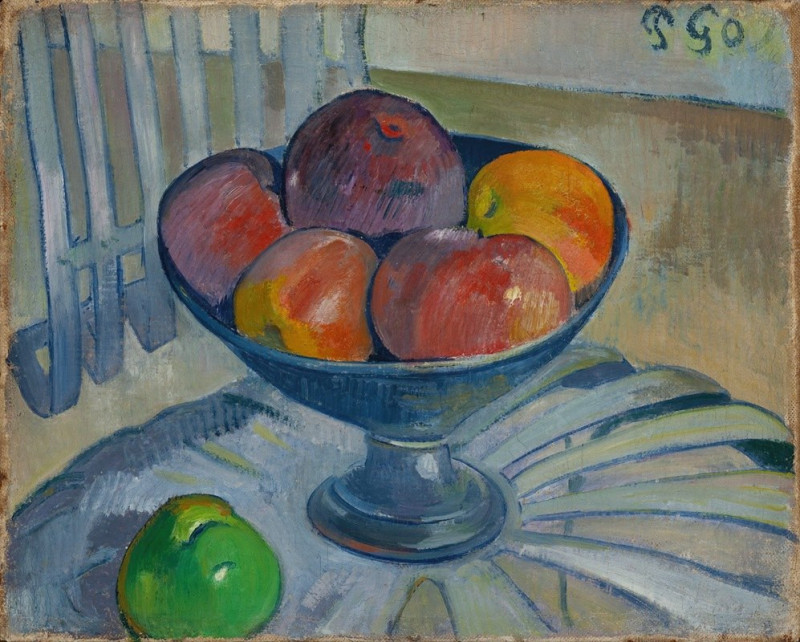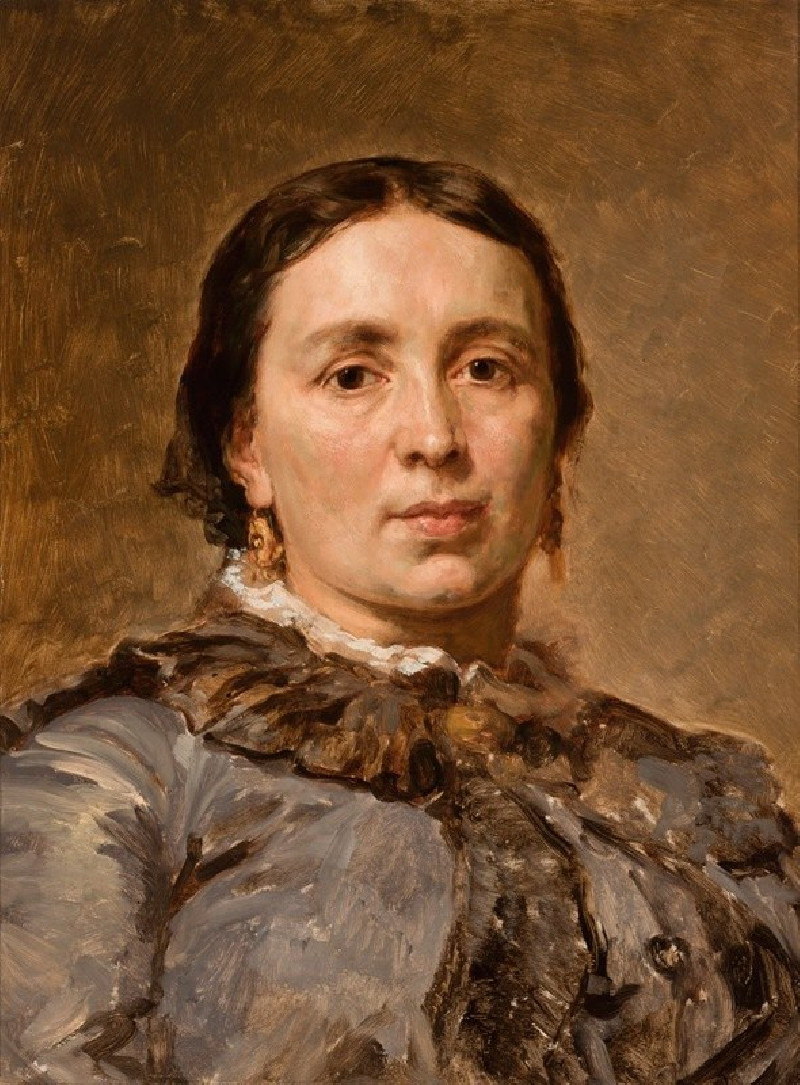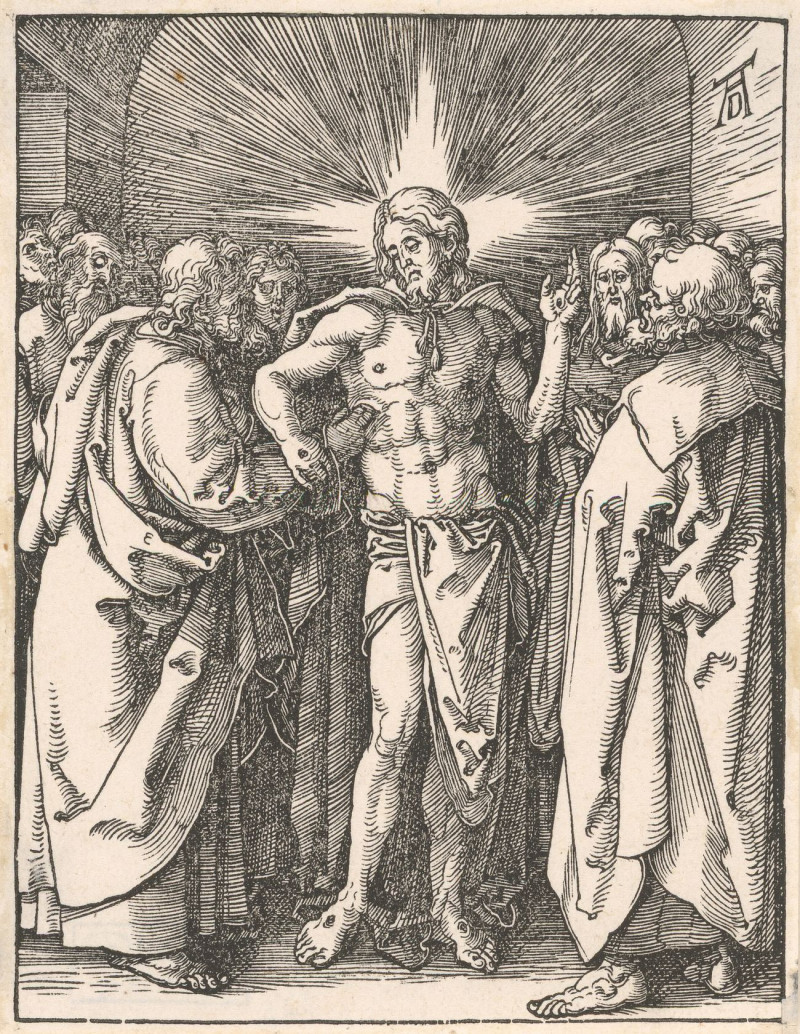Donde vá mamá (Where is mother going) (1796-1797)
Technique: Giclée quality print
Recommended by our customers
More about this artwork
We are pleased to present "Donde vá mamá" (Where is mother going), a striking etching by Francisco de Goya from his famed series "Los Caprichos," created between 1796 and 1797. This captivating artwork illustrates Goya's profound ability to weave narrative, emotion, and critique through his mastery of this medium.The scene depicted in this etching is both intense and enigmatic. At first glance, the viewer is met with a chaotic tumble of figures in mid-air, portraying a sense of urgent motion. Central to the artwork is a figure wielding an umbrella, who appears to be spiriting away a cluster of smaller beings, each with distinct, alarmingly contorted expressions. The faces of these characters reflect a combination of fear and bewilderment, heightening the drama of the composition. The powerful, dynamic lines suggest violent movement and chaos.The backdrop, though faint, hints at a distant, serene village, contrasting sharply with the tumult of the foreground. This dichotomy further amplifies the unsettling nature of the scene. "Donde vá mamá" is often interpreted as a commentary on societal or familial dynamics, exploring themes of protection and peril, guidance and manipulation.Goya's adept use of shading and texture in this etching invites viewers to ponder the deeper meanings behind the imagery, making it a compelling piece for both art enthusiasts and scholars. Through "Los Caprichos," Goya not only showcases his skill as an artist but also his critical eye toward the follies of human nature.
Delivery
Returns
Francisco José de Goya y Lucientes (30 March 1746 – 16 April 1828) was a Spanish romantic painter and printmaker. He is considered the most important Spanish artist of the late 18th and early 19th centuries. His paintings, drawings, and engravings reflected contemporary historical upheavals and influenced important 19th- and 20th-century painters. Goya is often referred to as the last of the Old Masters and the first of the moderns.

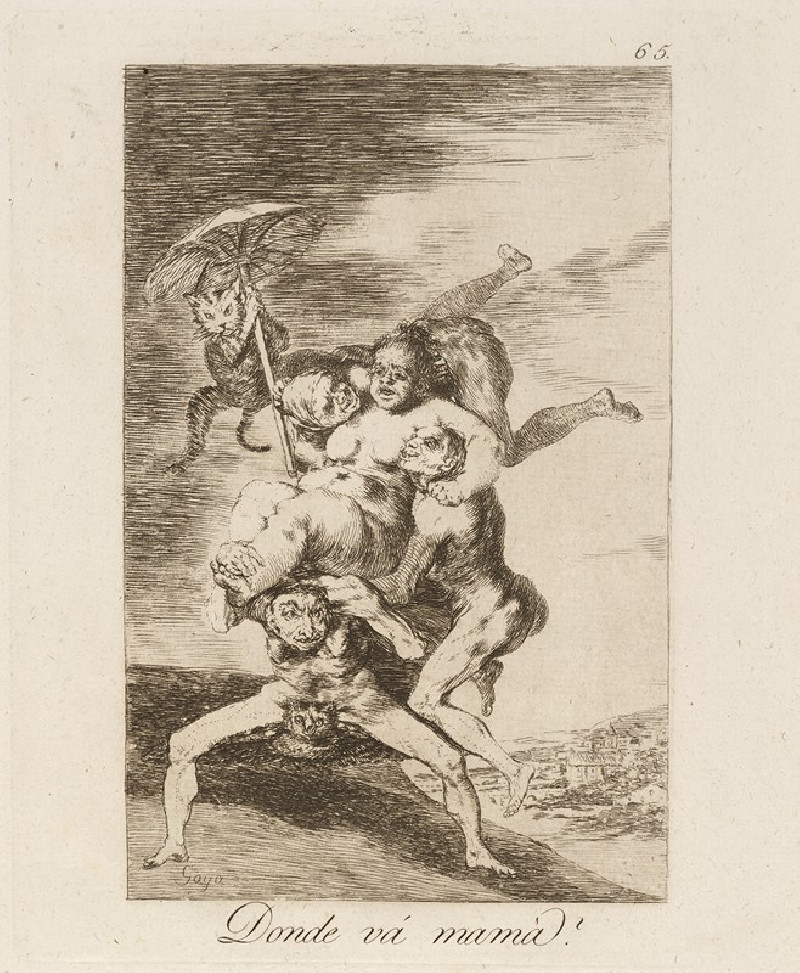

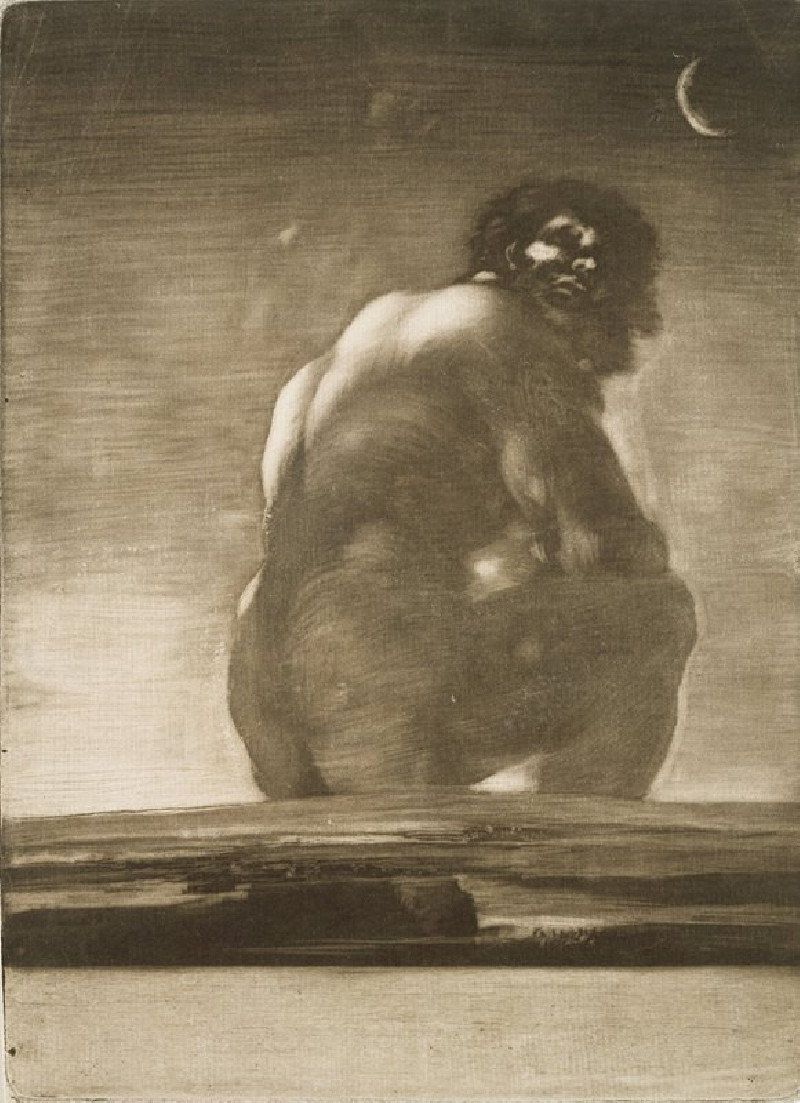
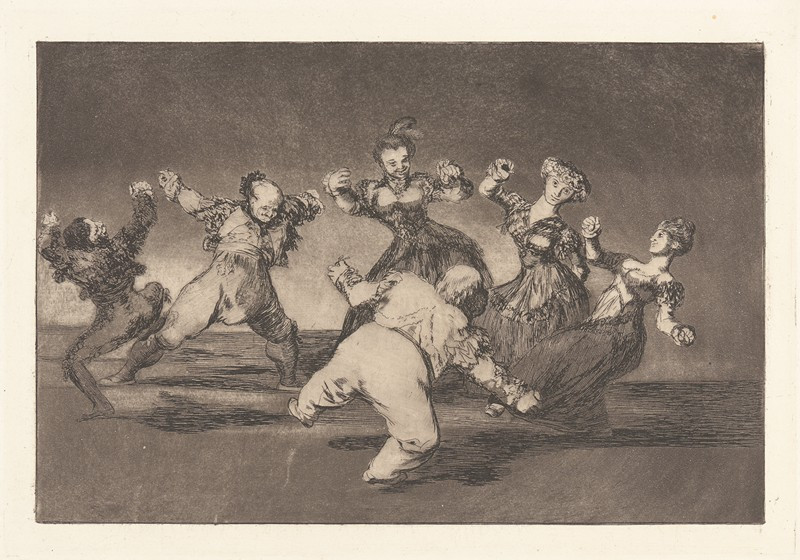
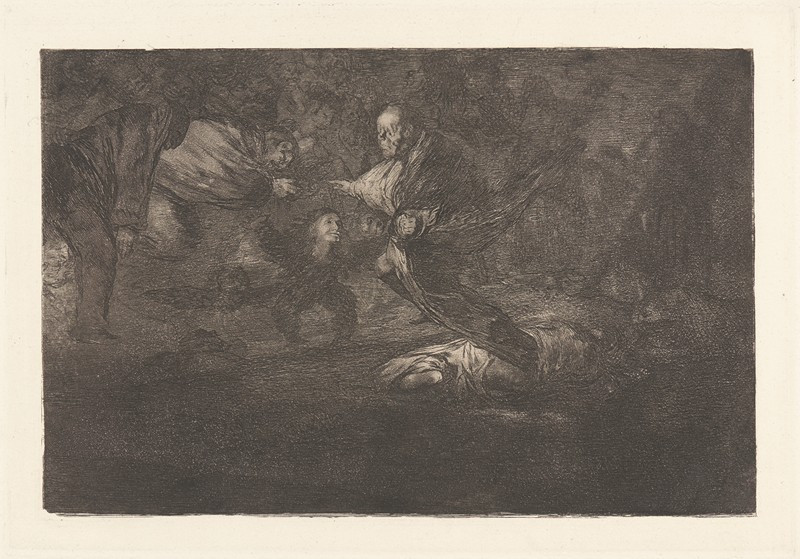
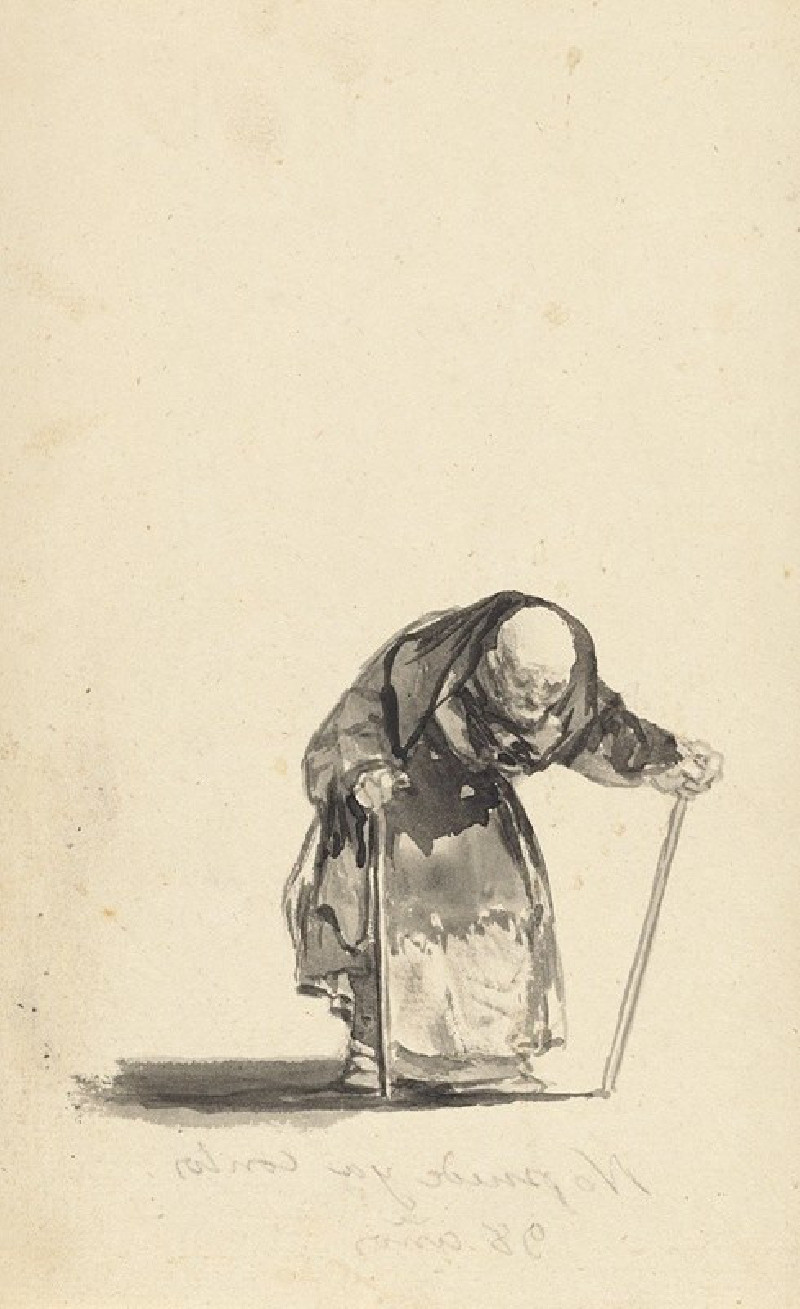
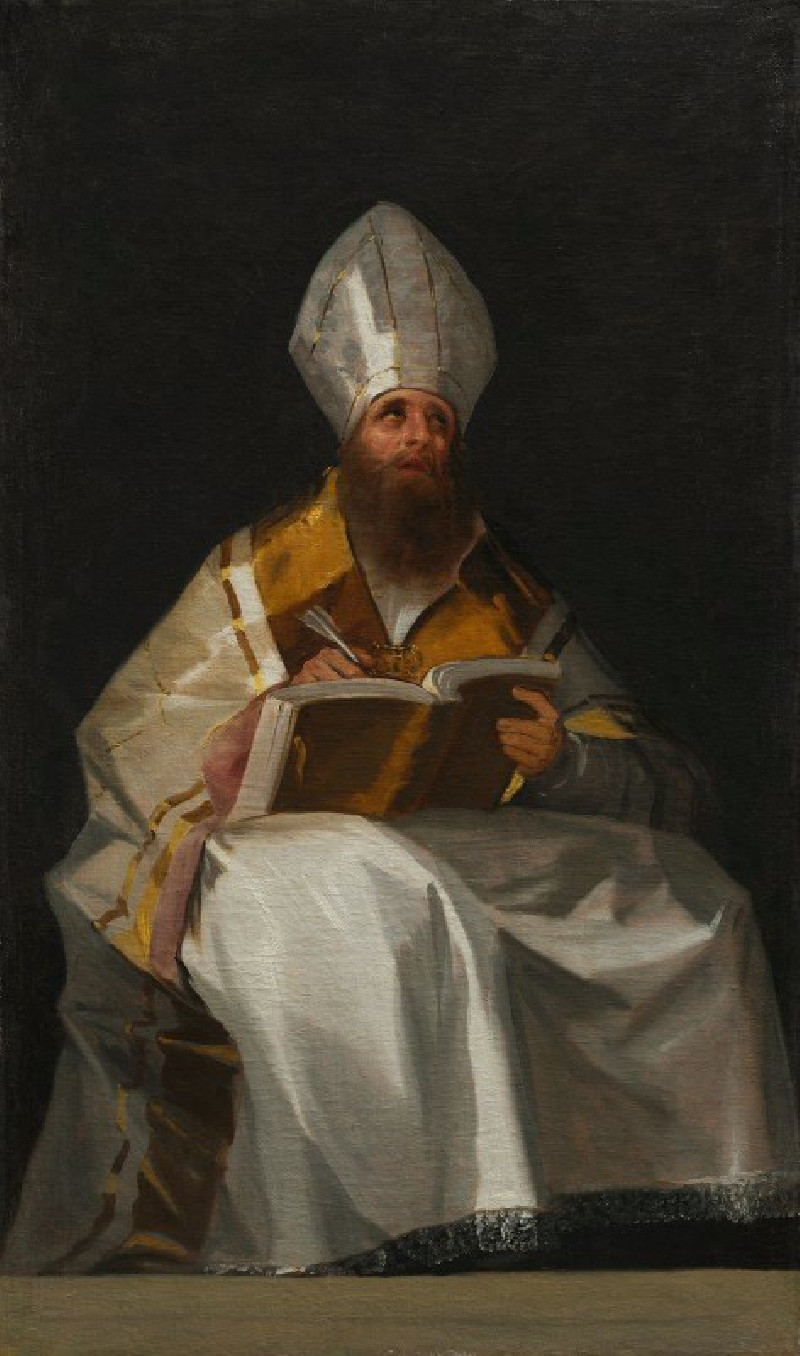
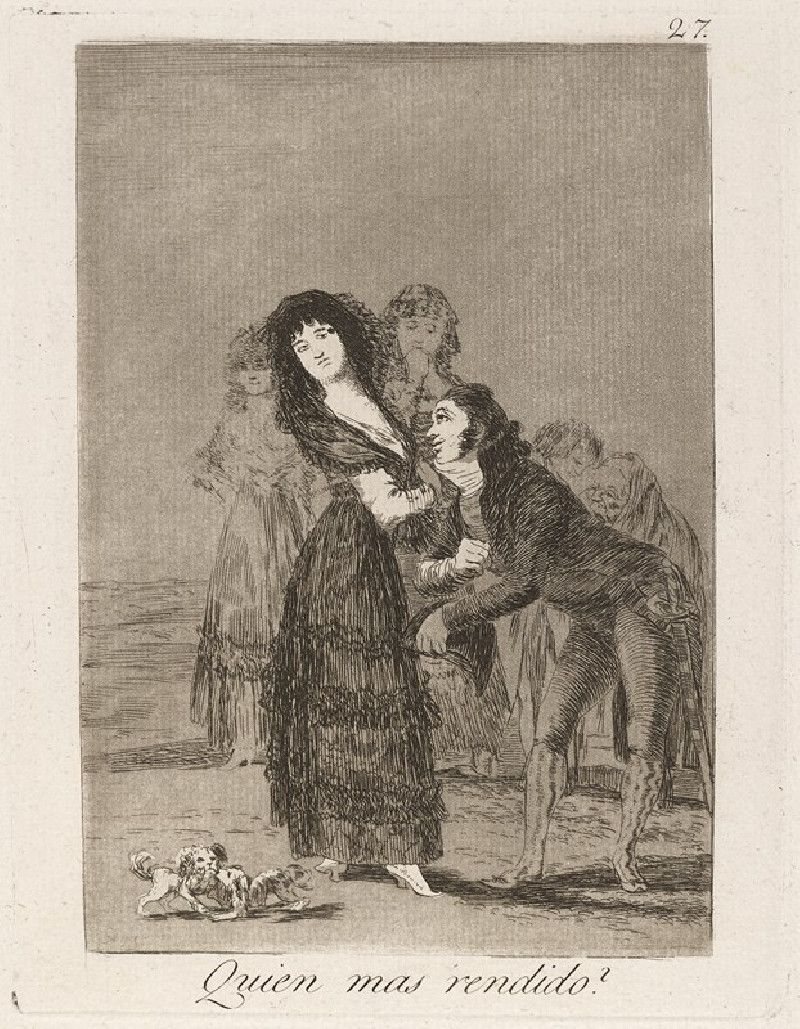
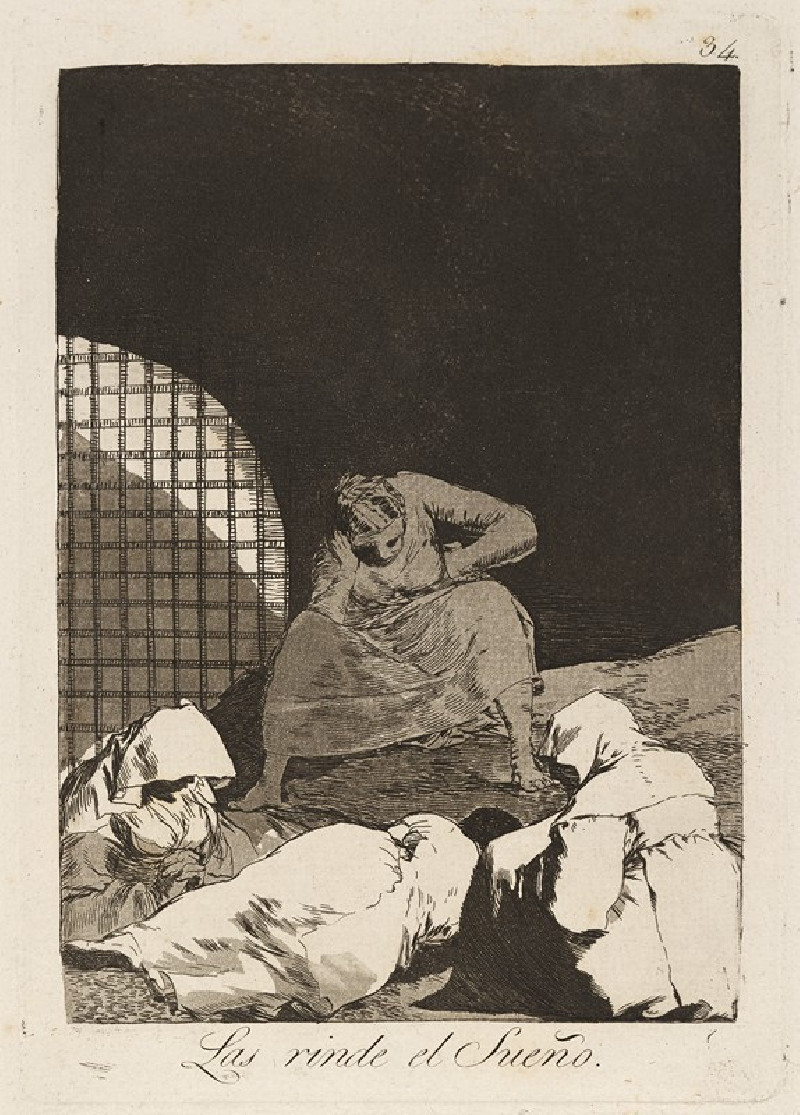
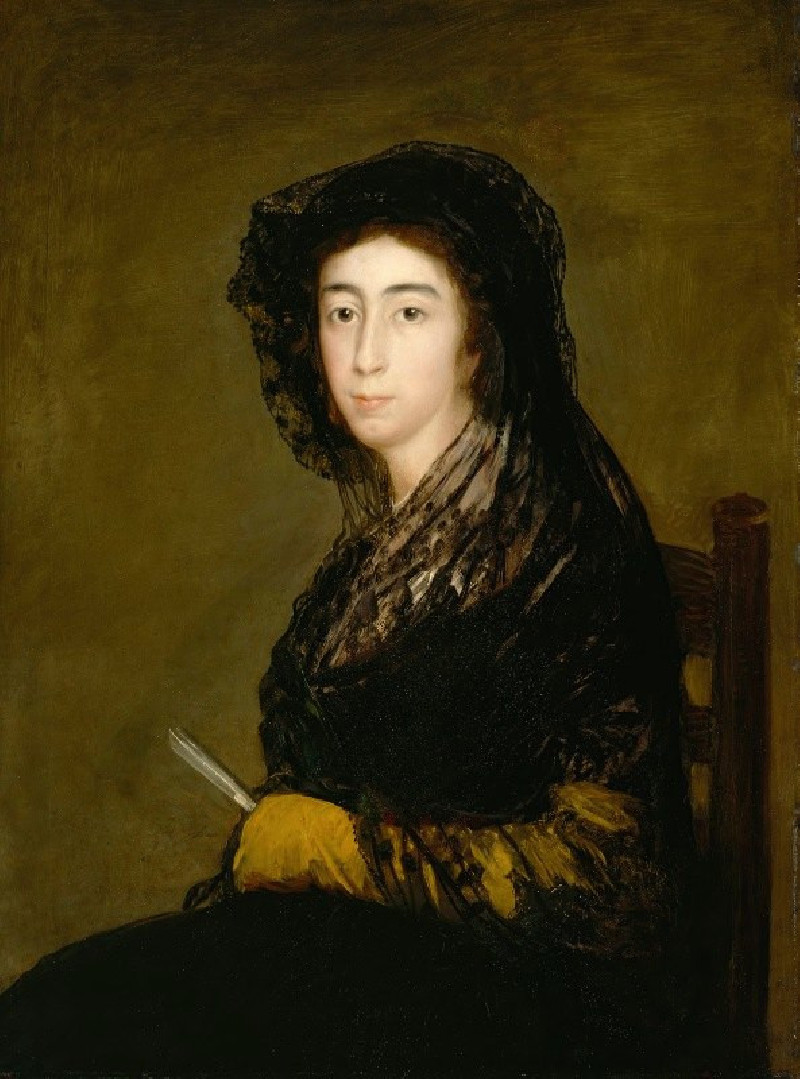
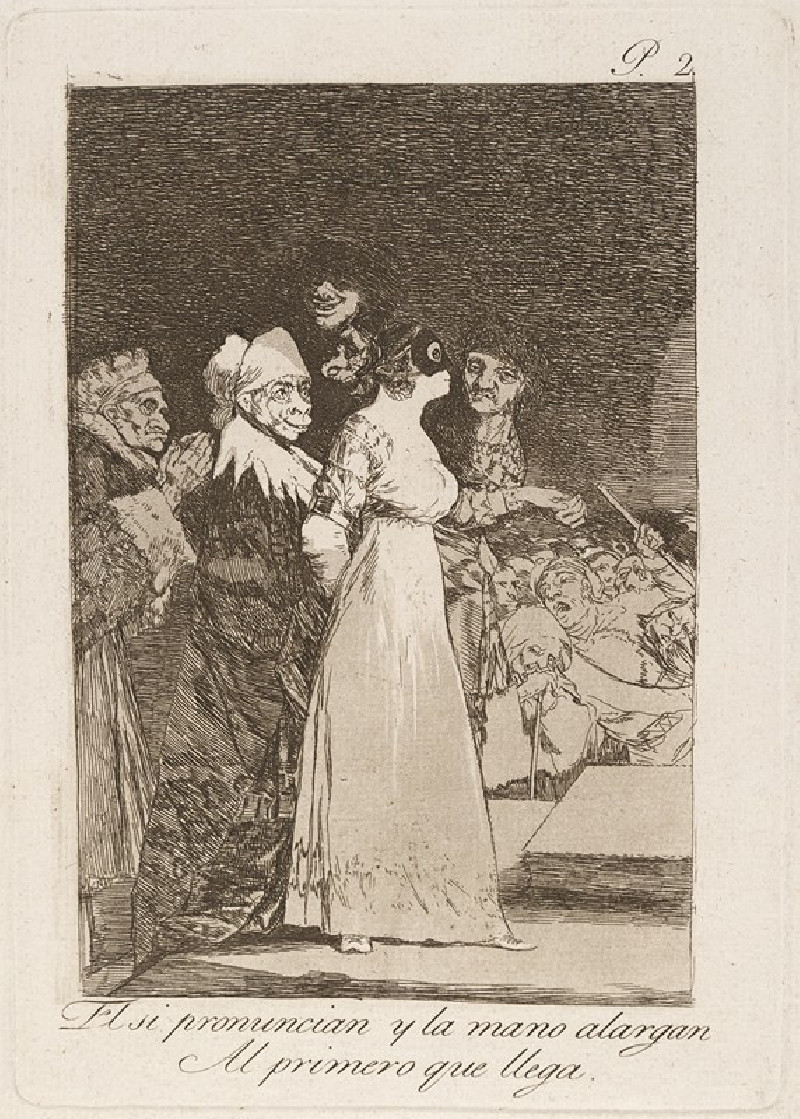
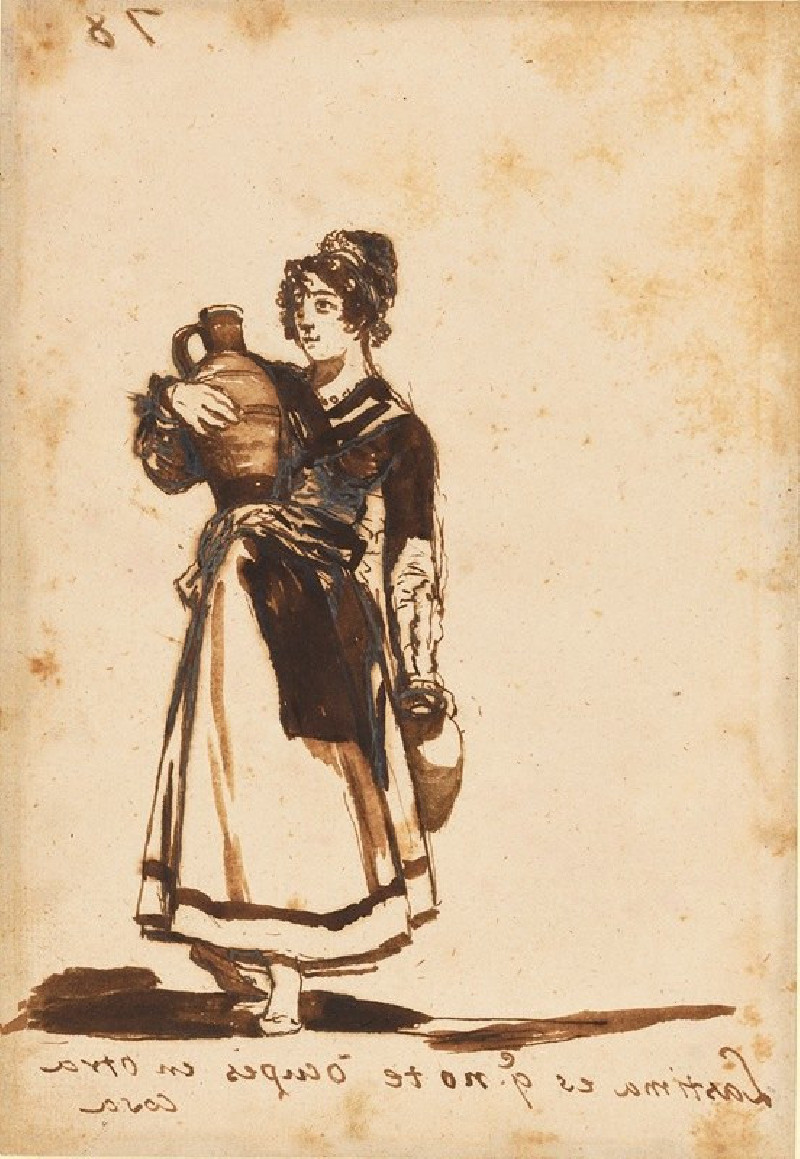
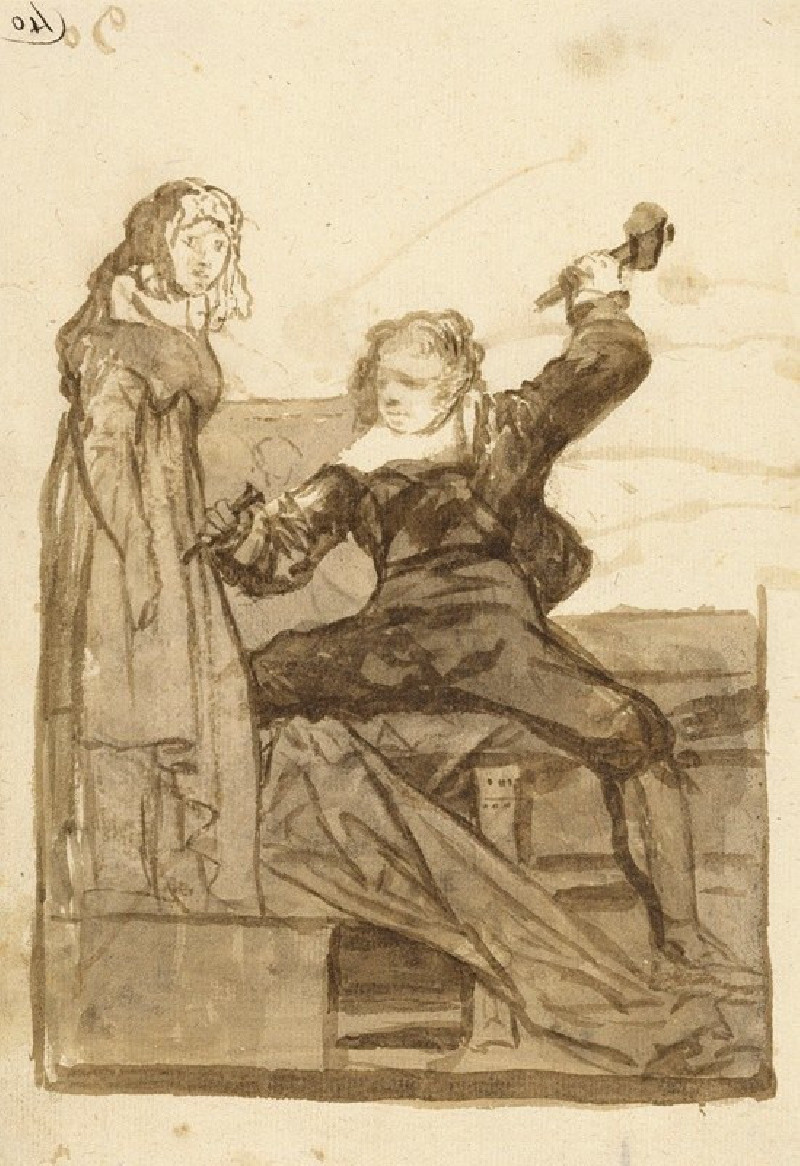

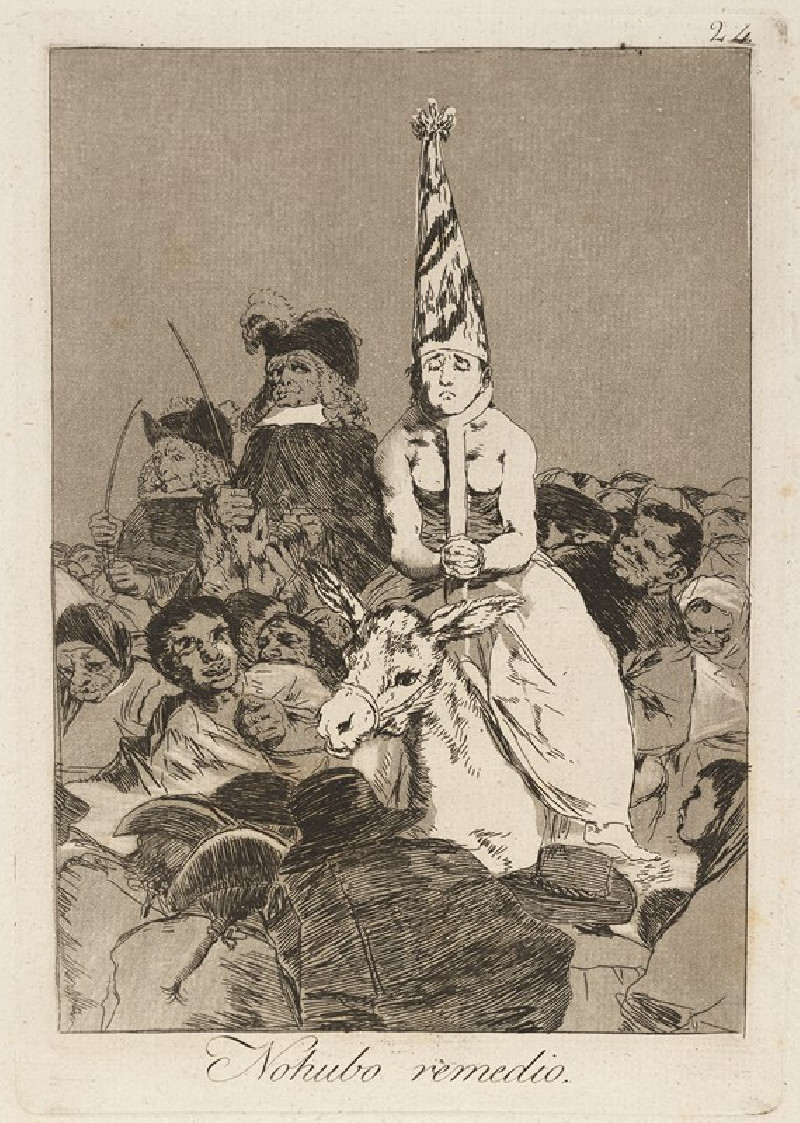

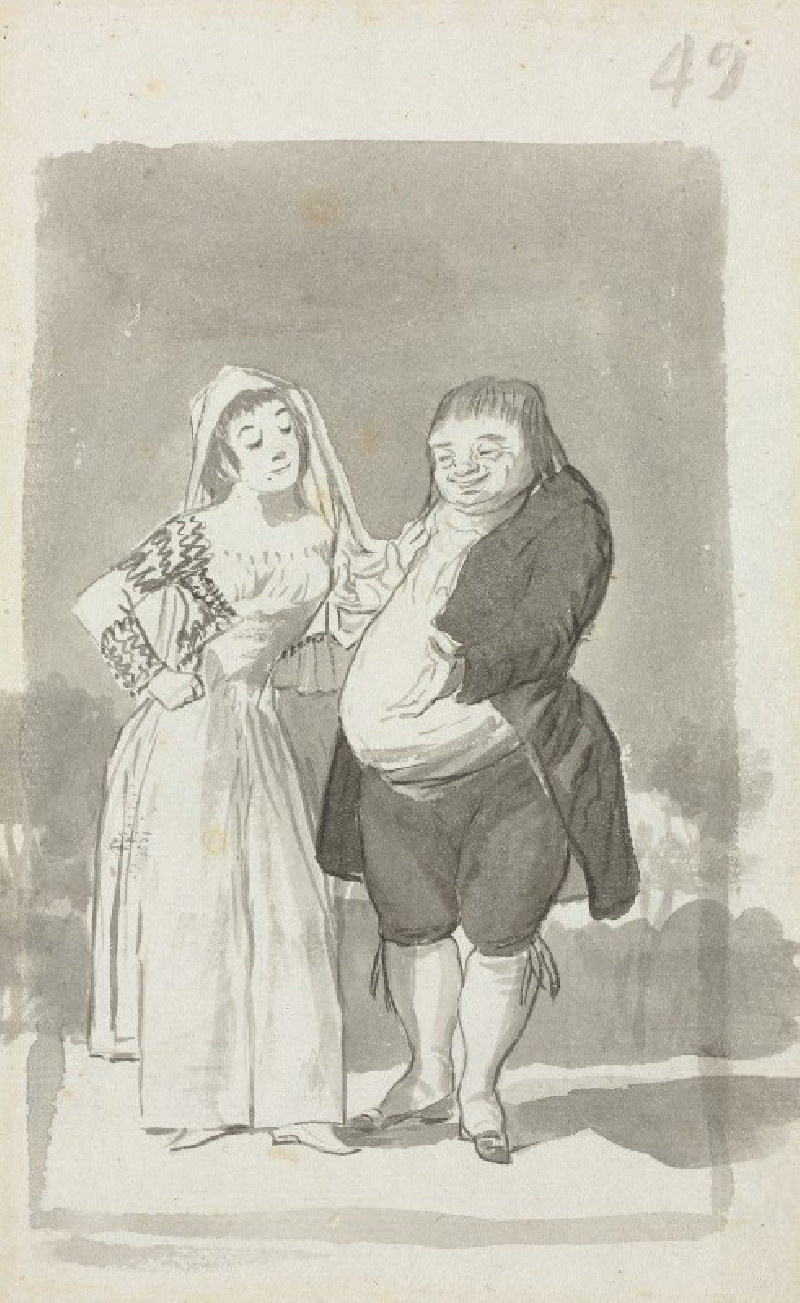

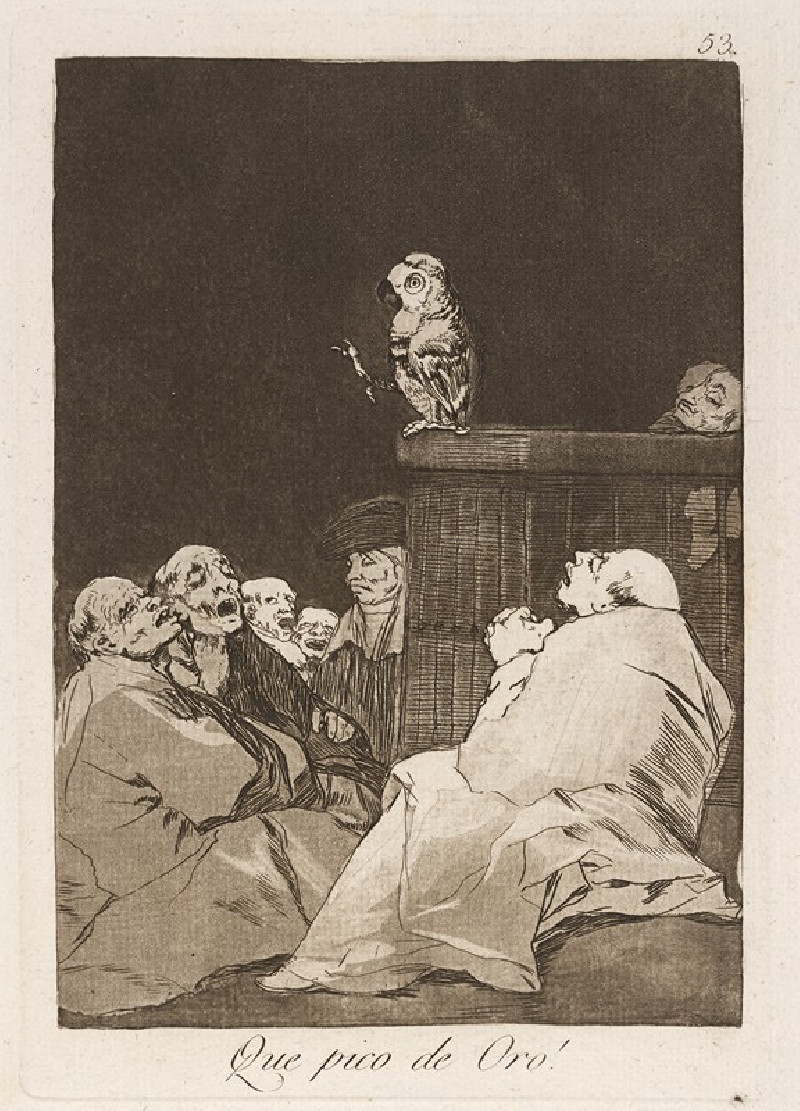
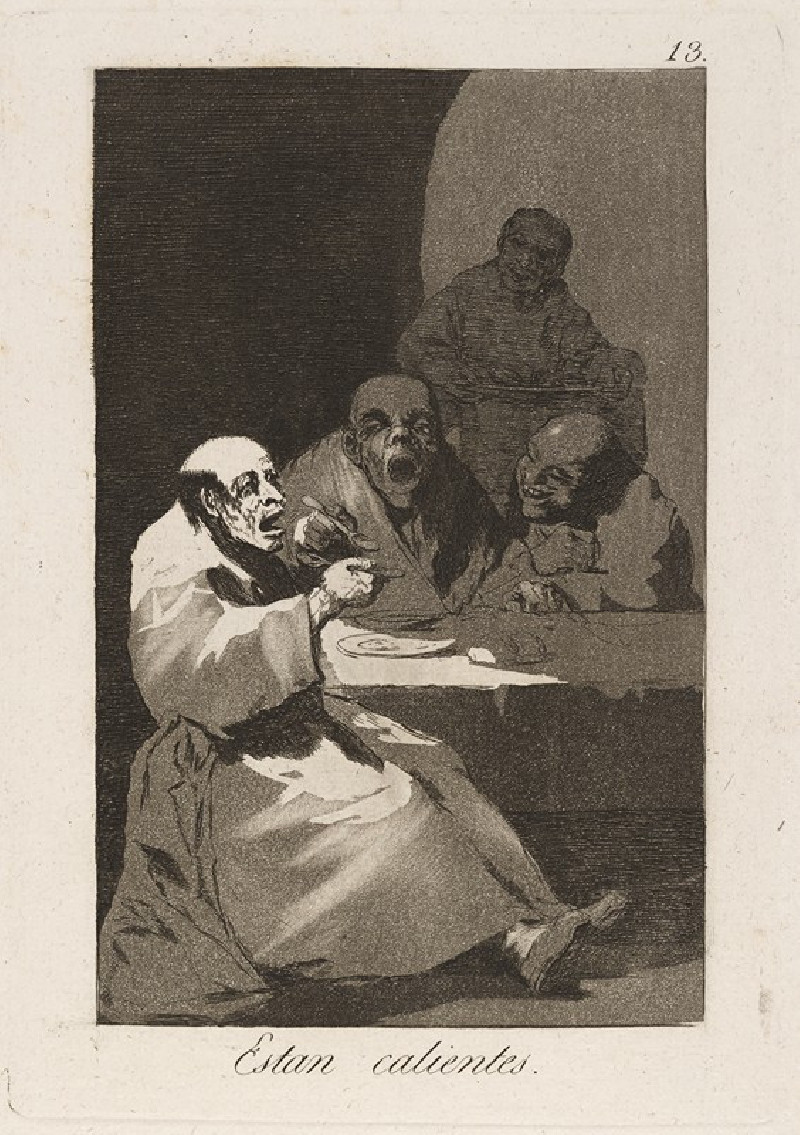

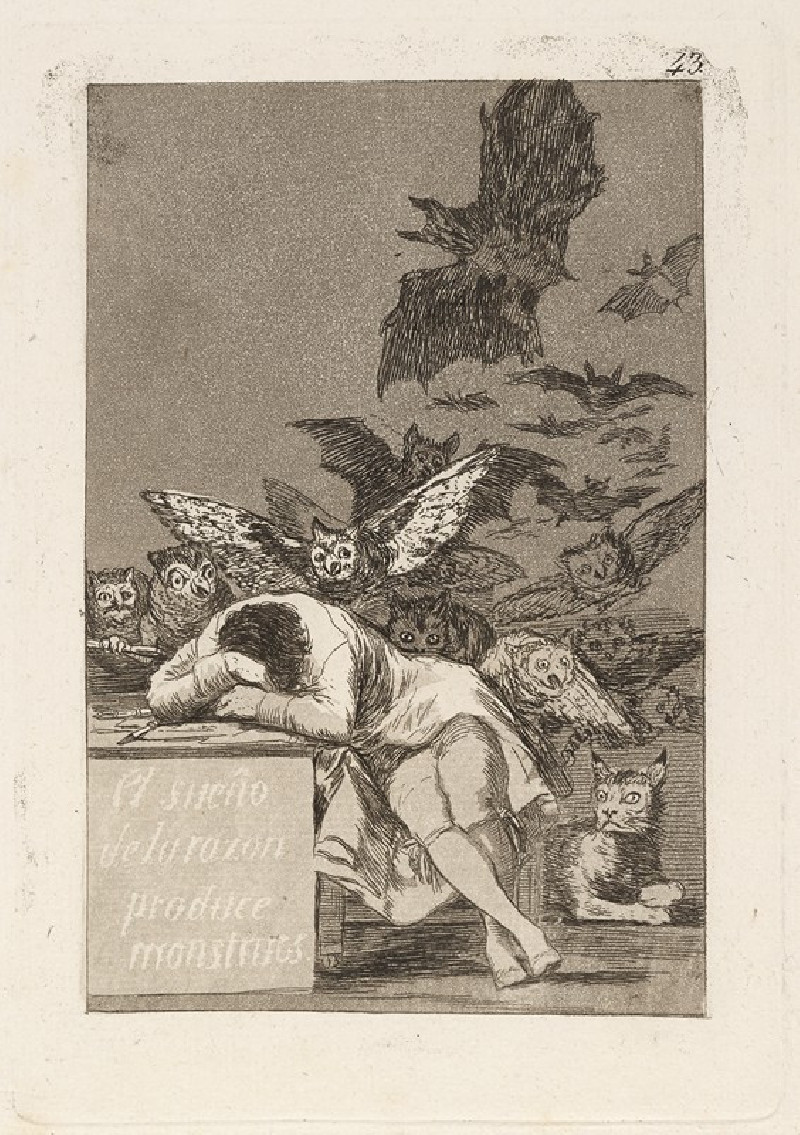
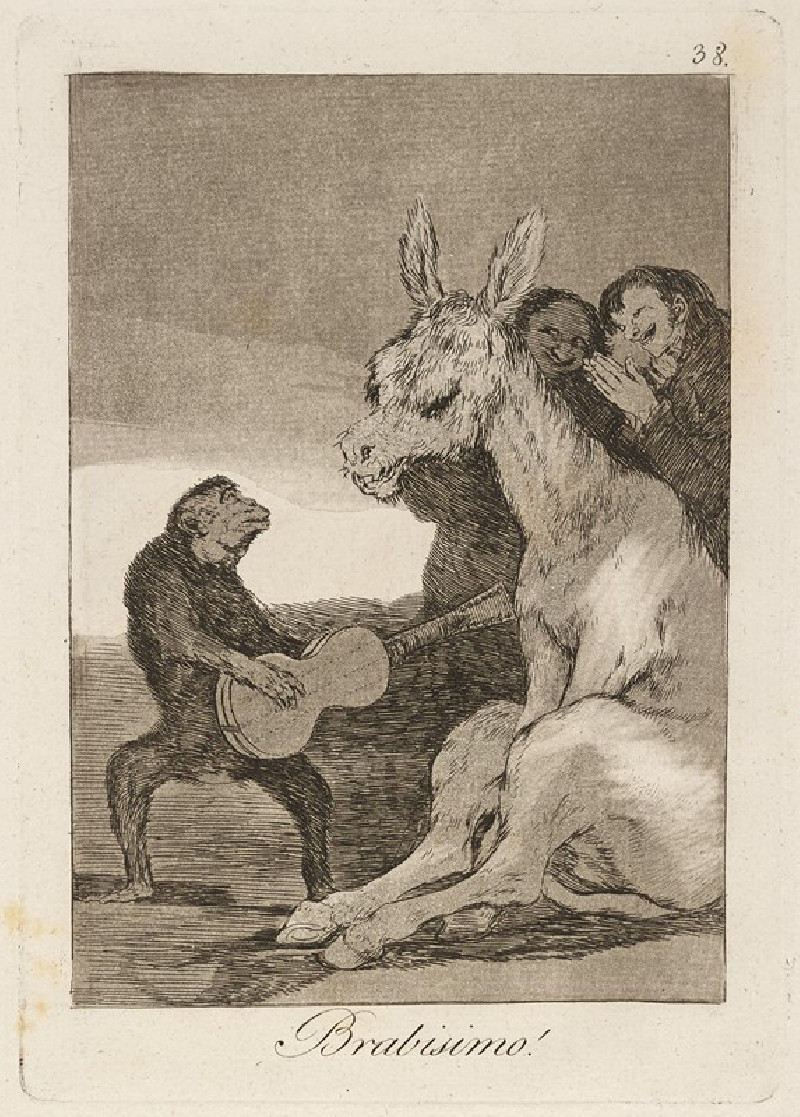


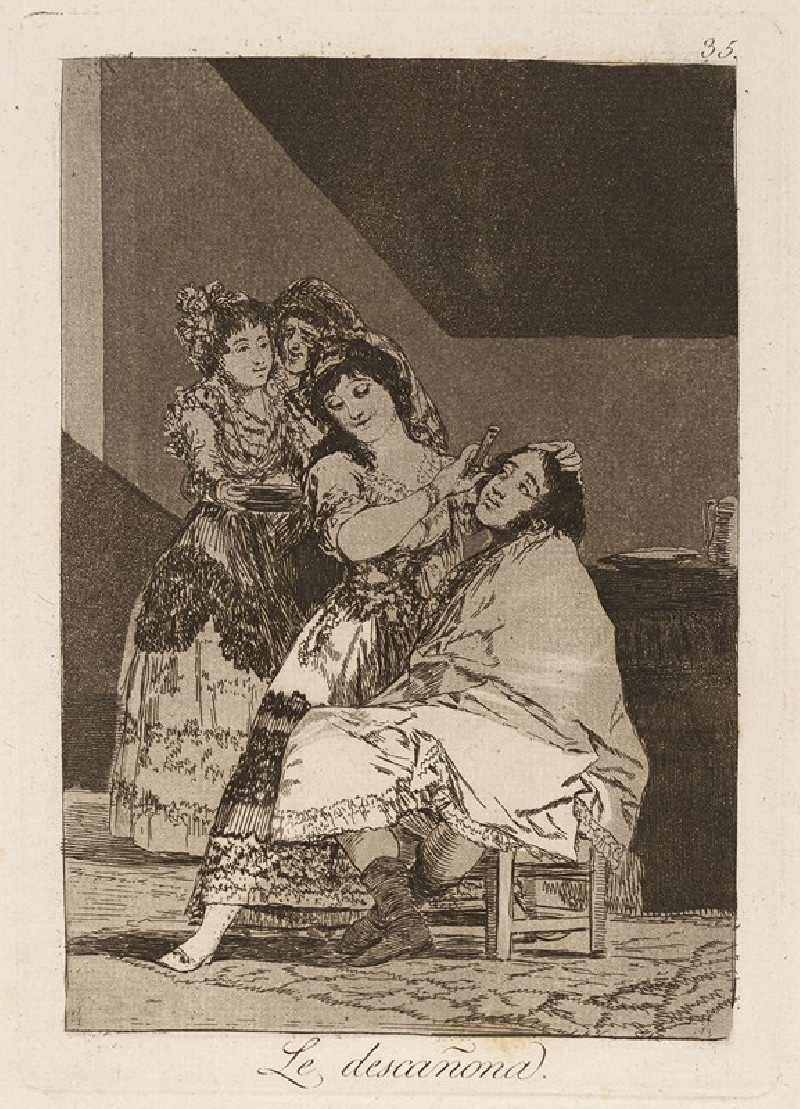
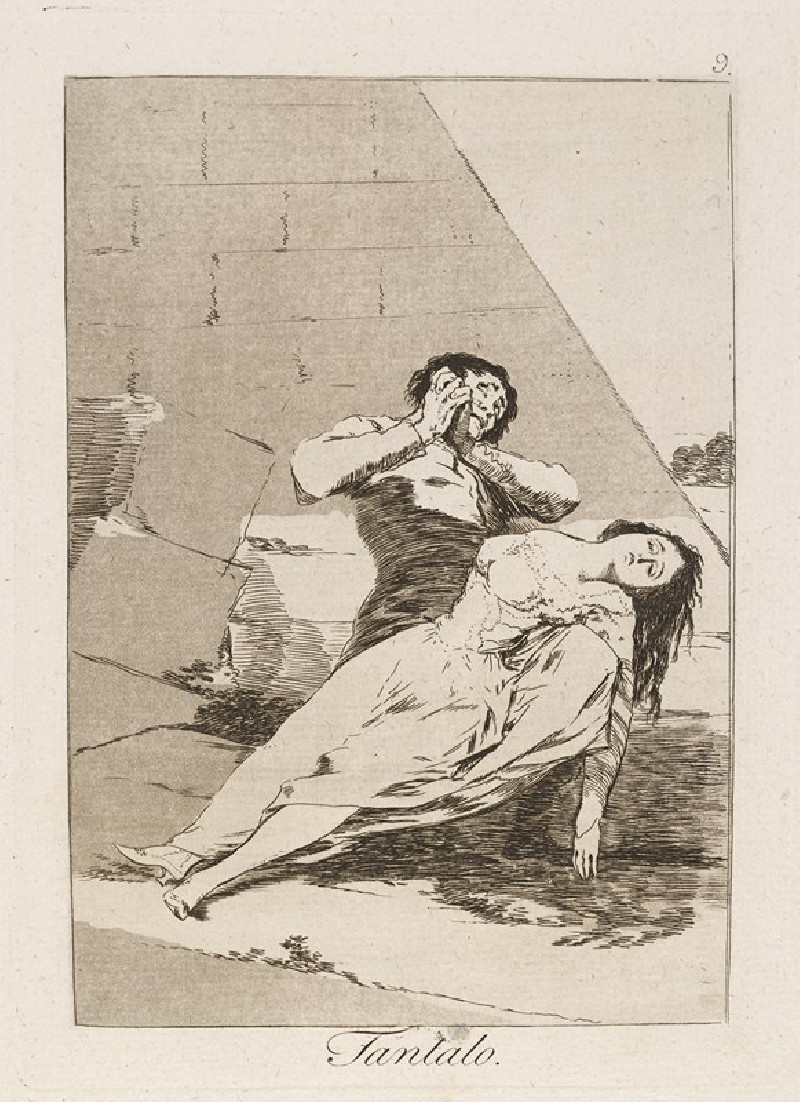




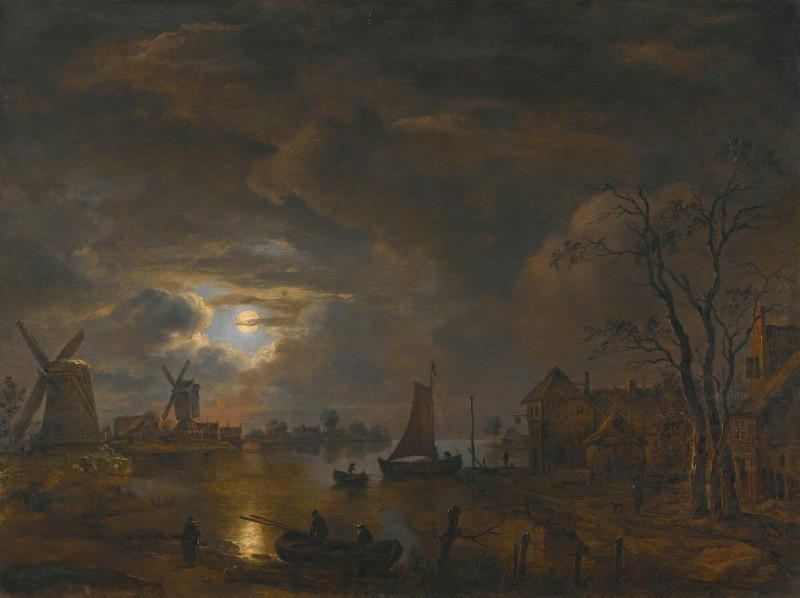

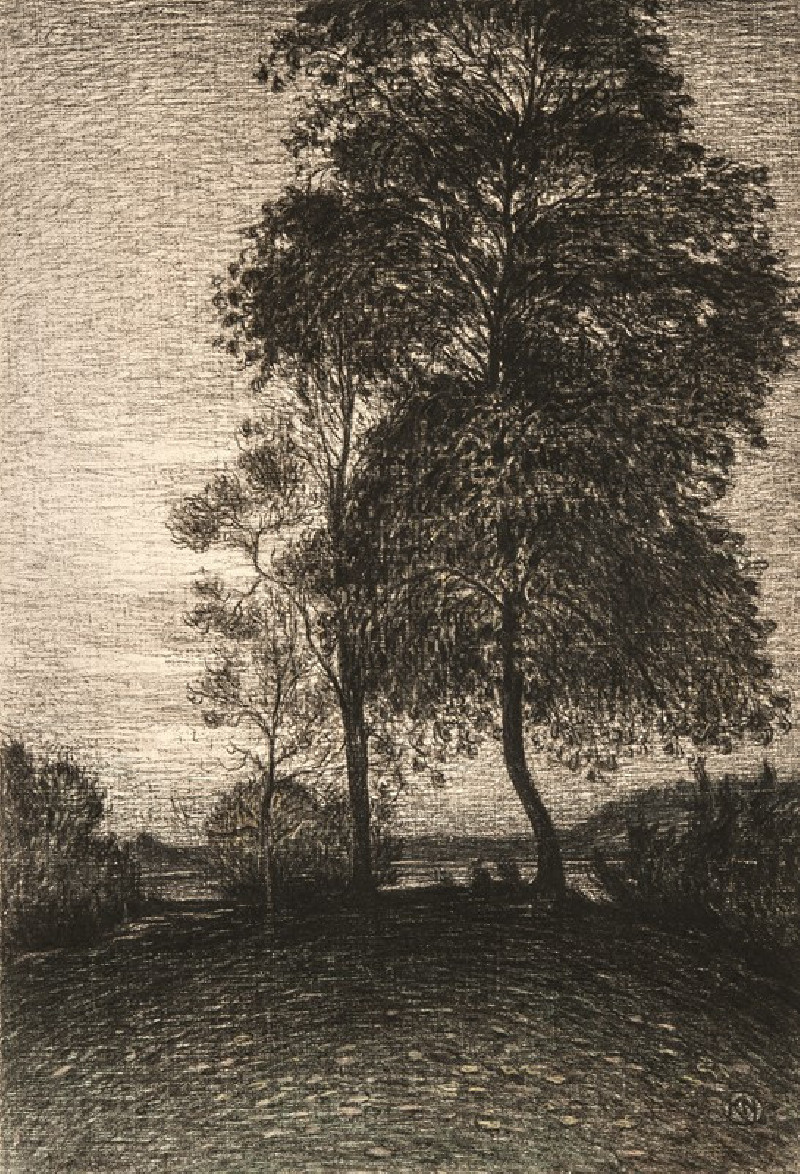
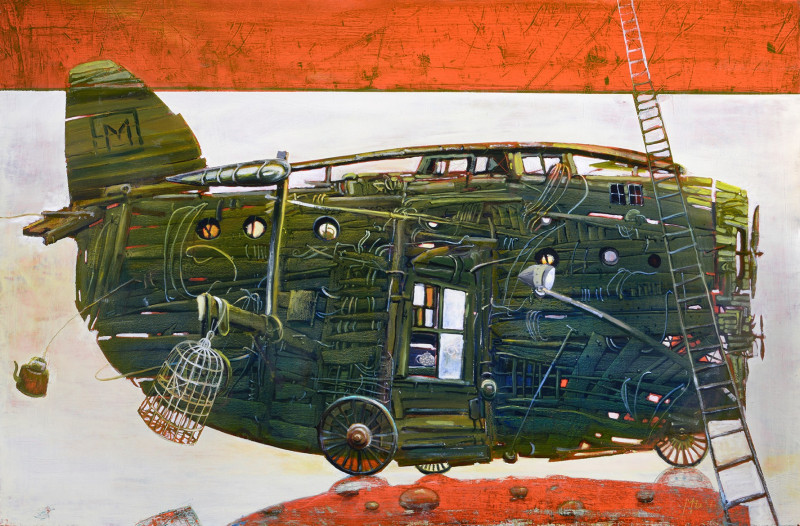
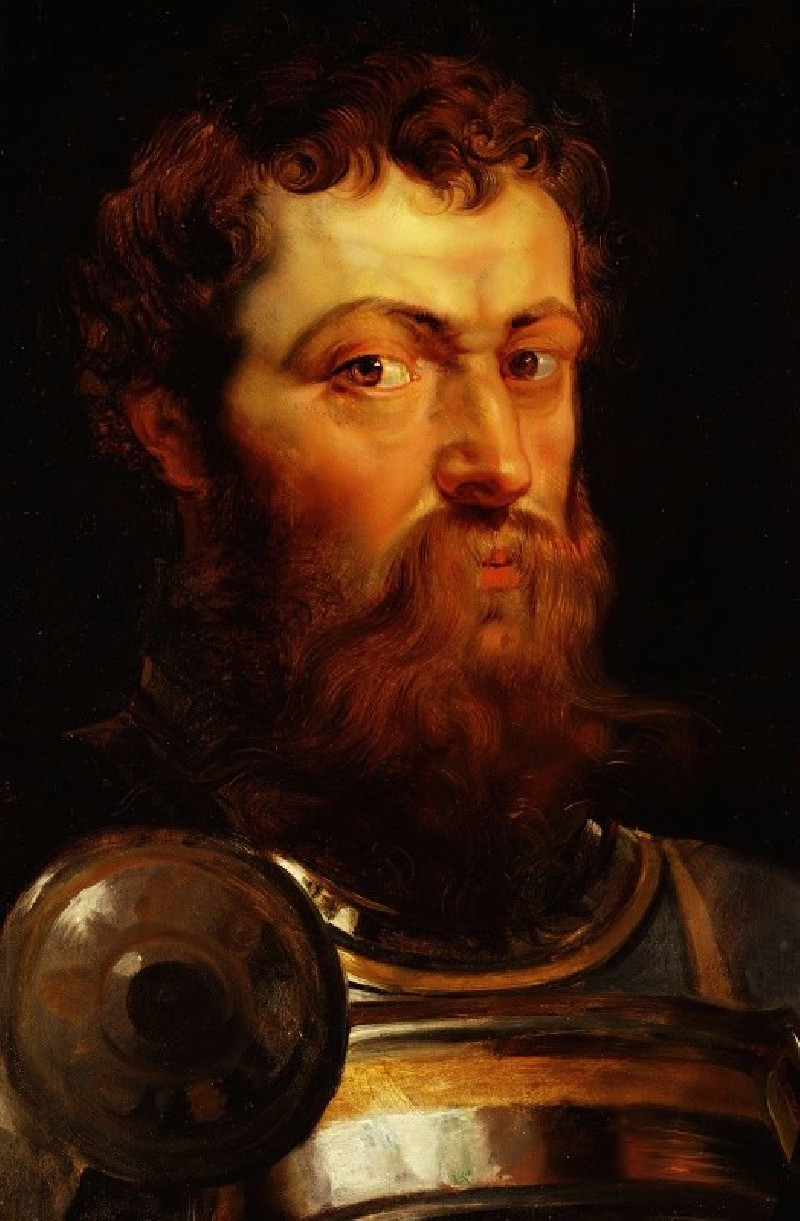
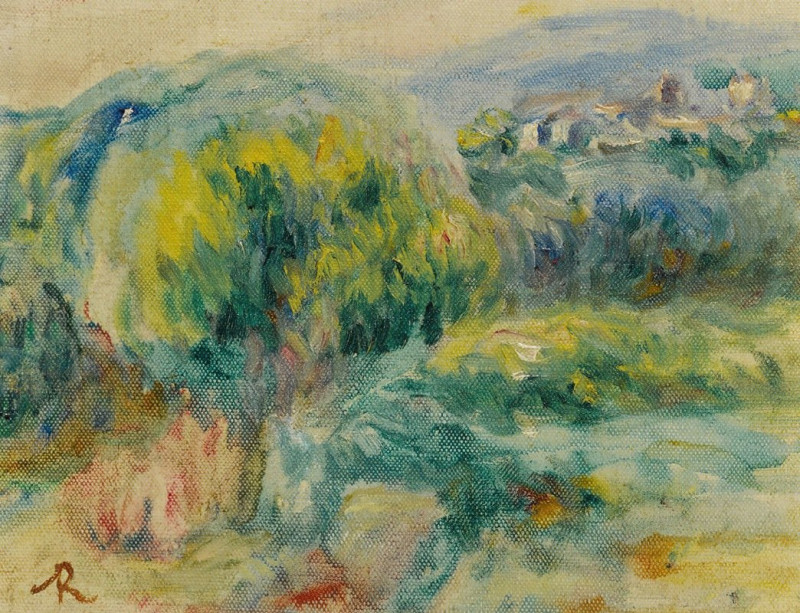
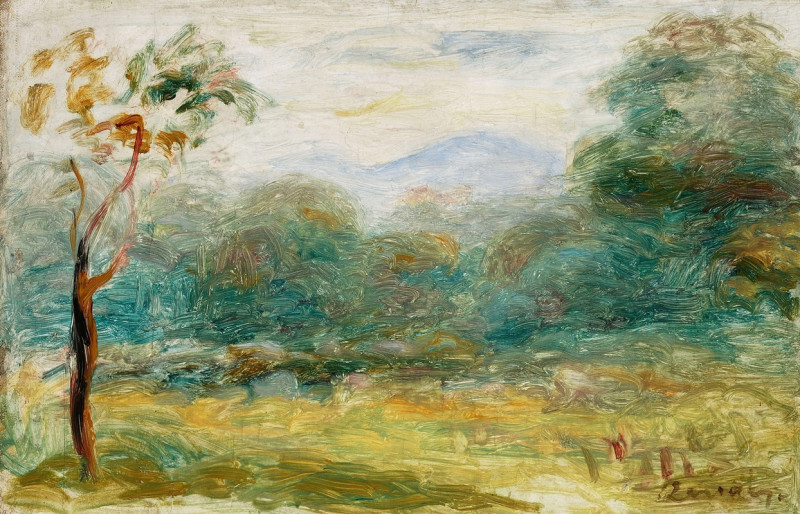


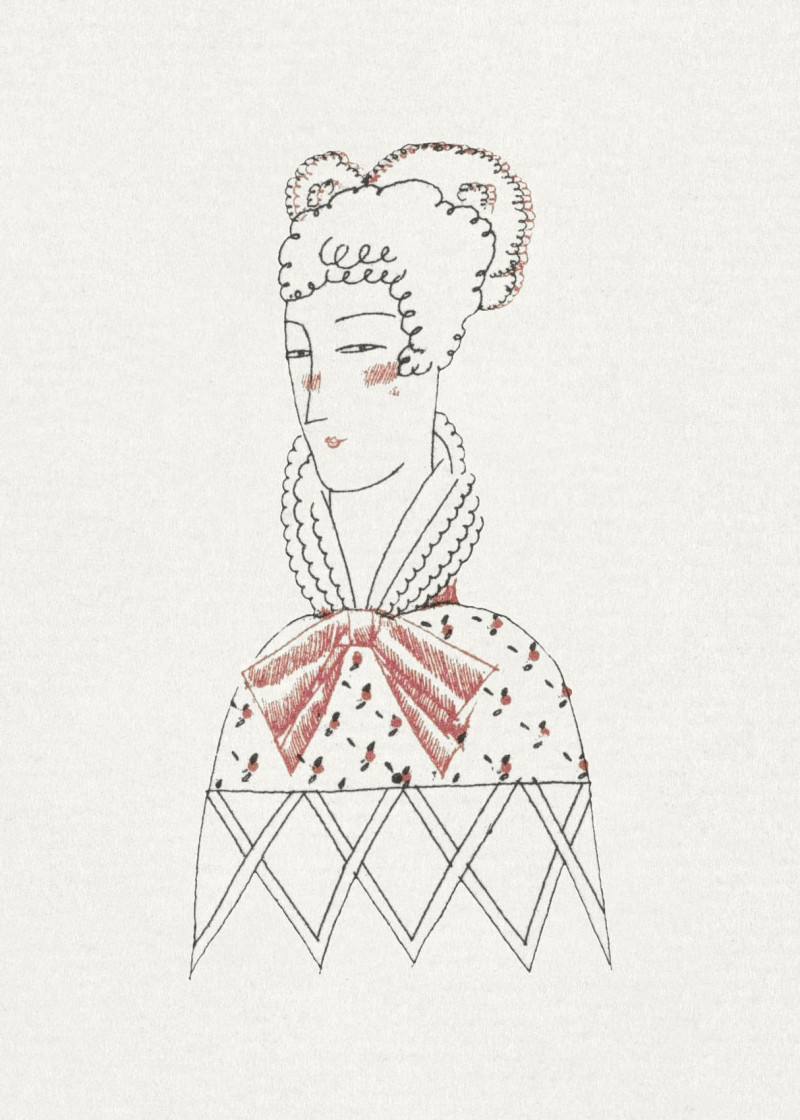
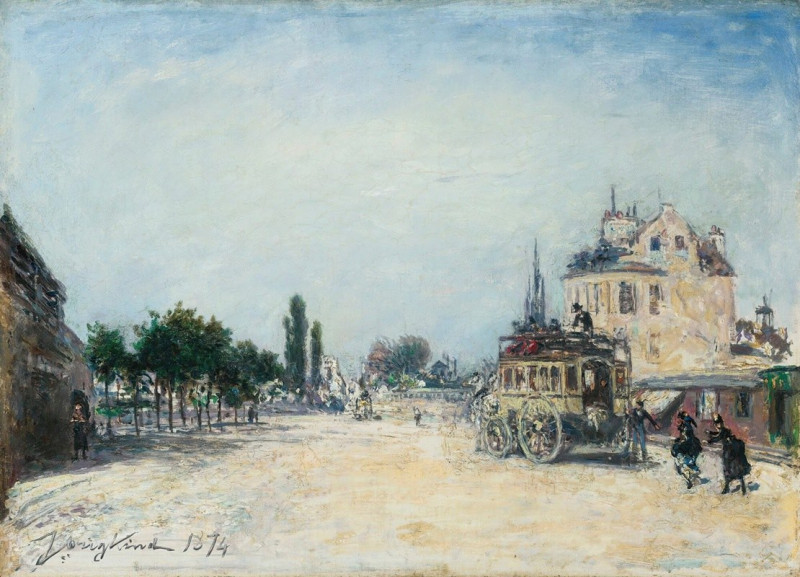
![Untitled [Mother and child] (circa 1924) reproduction of painting by Frances Hodgkins. ALL GICLEE PRINTS](https://reprodukcijos.lt/38355-large_default/reproduction-of-untitled-mother-and-child-circa-1924.jpg)
